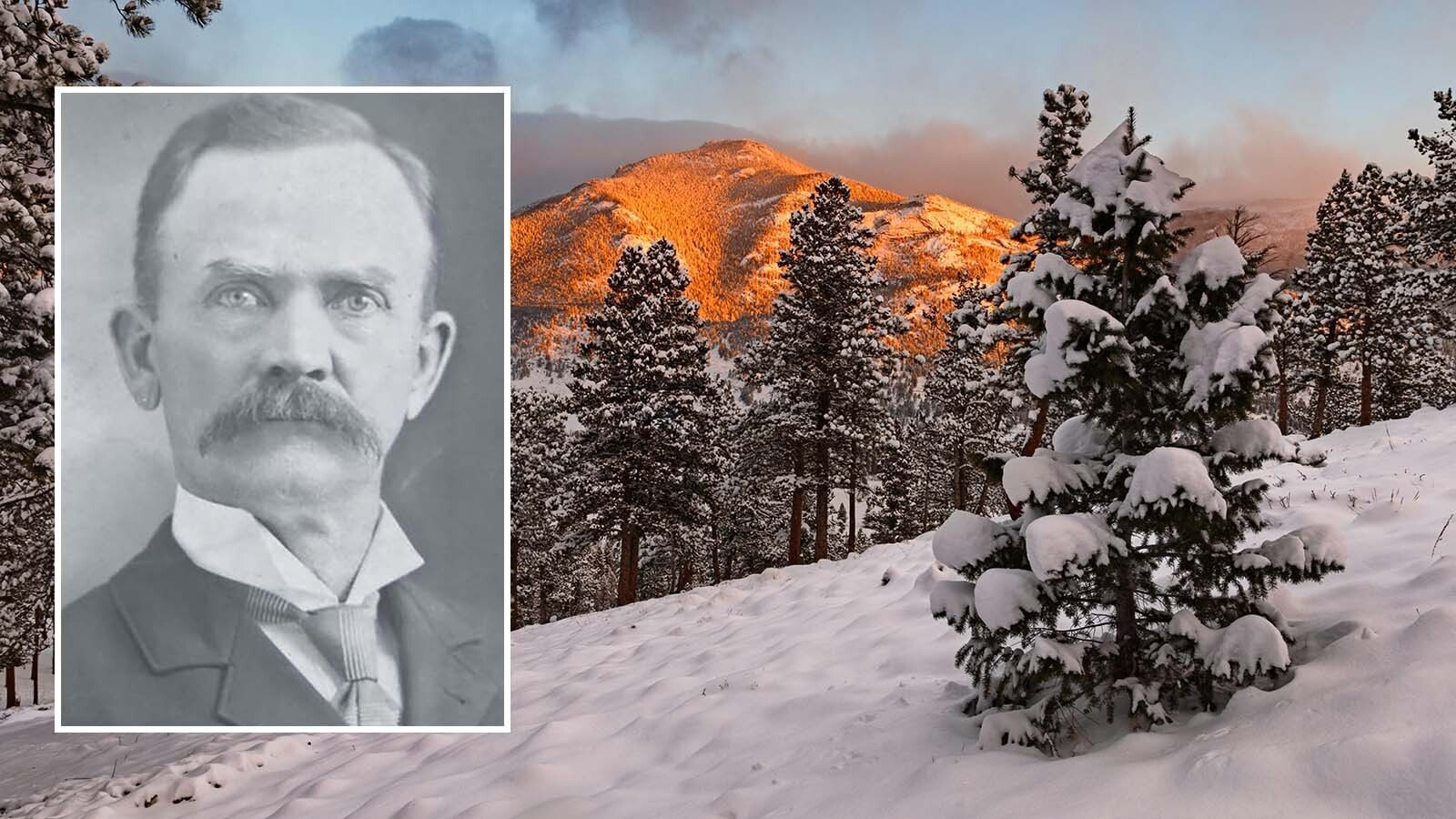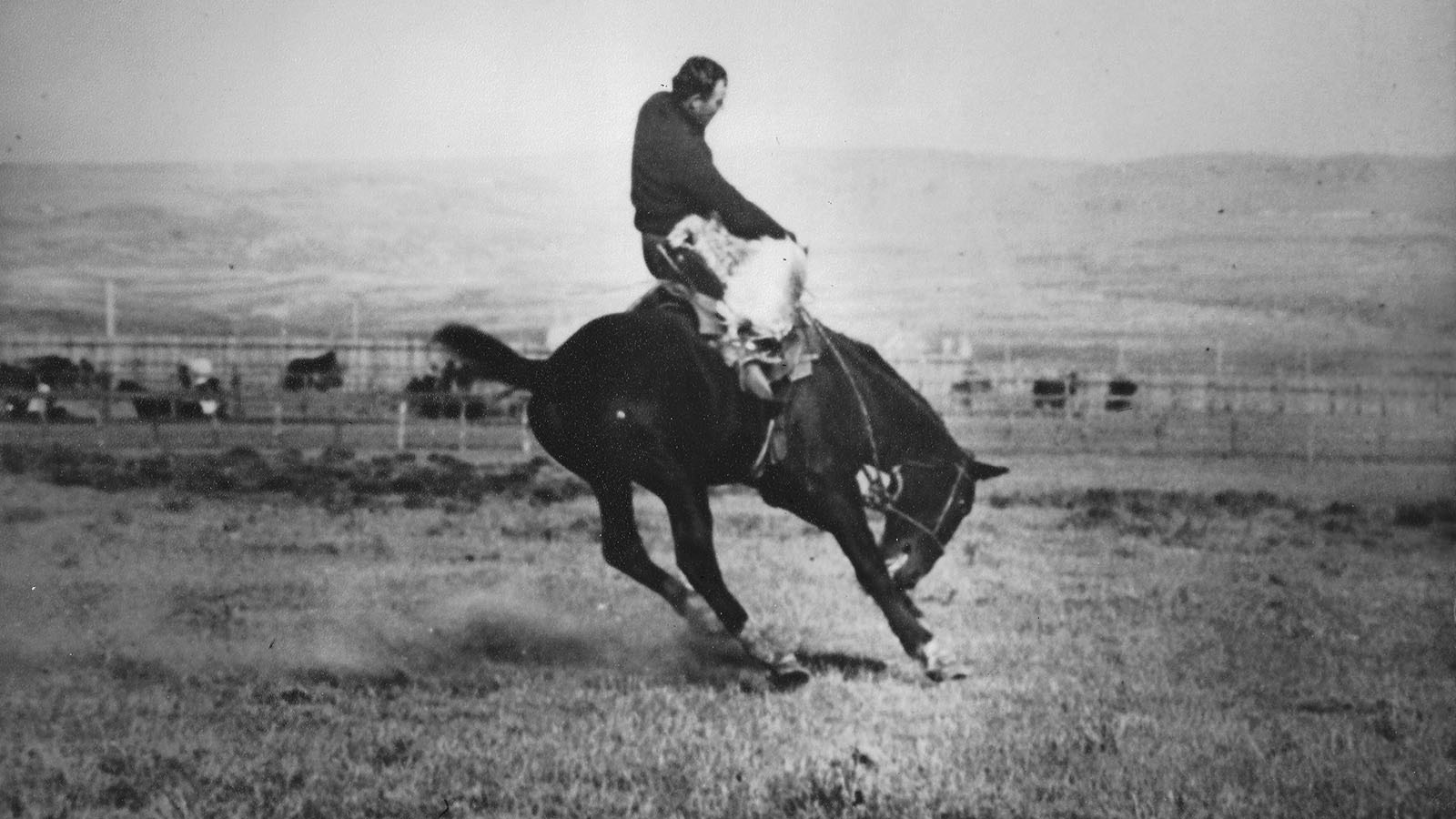At the tender age of 14, or maybe 13, Waaya-Tonah-Toesits-Kahn (usually translated as “Blanket of the Sun”) accompanied Chief Joseph and his followers on their attempted escape to Canada during the Nez Perce War in 1877.
The boy was wounded in battle but was among the few to make it to Canada.
He stayed there for a time, and there are claims that he lived with Sitting Bull. But he came back across the Medicine Line, as tribal members called the border between the US and Canada, and lived for some 30 years on Montana’s Flathead Reservation.
Taking advantage of his inherited Nez Perce skill as a horseman, he made his way by breeding, breaking, training, and raising horses, and in his late forties he competed in bronc riding contests and rodeos, riding against cowboys half his age.
For rodeo, he adopted the name by which most remember him today—Jackson Sundown.
In 1911, Sundown entered the saddle bronc riding at the Pendleton Round-up in Oregon. His bronc rides in the early rounds won him a place in the finals and what would be one of rodeo’s most memorable contests.
Riding against a black cowboy named George Fletcher and a white bronc rider, John Spain, Sundown’s mount crashed into the horse carrying one of the judges and he was disqualified. The crowd believed Fletcher had made the winning ride, but instead the judges awarded the prize to Spain.
Jackson Sundown returned to his Nez Perce people in Idaho in 1912 and continued working with horses and competing in area rodeos, including return trips to the Pendleton Round-up.
Not only did his riding skill impress the crowds, but also he wowed them with his wardrobe—a decorative band on a flat-brimmed hat, colorful scarf, fancy gauntlets, and wooly chaps dyed orange.
In 1915 Sundown entered the bronc riding at the Round-up again and placed third. He was 52 years old. Believing he would never win the championship in Pendleton, he announced his retirement from the rodeo arena.
His friends and fans weren’t having it, however, and an artist who was sculpting Sundown riding a bronc convinced him to give it one last shot and paid his entry fee for the 1916 contest.
Again, Sundown rode for high scores in the early rounds, bettering broncs called Casey Jones and Wiggles, to win a place in the finals and a chance to ride Angel, one of the toughest horses in the string. It was a ride that made rodeo history and enshrined the name Jackson Sundown in rodeo legend, lore, and record books.
He rode the big bay bronc to a standstill—no such thing as an eight-second ride in those days—and was declared, at age 53, Saddle Bronc Riding Champion of the World.
“Many years I ride and many times I win money, sometimes little, sometimes plenty much. But never did I get first place before,” Sundown told a reporter from the Oregon Daily Journal.
He retired from rodeo for good after that and went back to a more settled life among his people and his horses. Seven years after winning the championship, pneumonia did what few broncs could do—it got the better of Jackson Sundown. He died December 18, 1923.
Gone, but not forgotten, the Indian cowboy is remembered as a hero to the Nez Perce and the Confederated Tribes of the Umatilla.
He holds a place in the American Indian Athletic Hall of Fame, is enshrined in the Rodeo Hall of Fame at the National Cowboy and Western Heritage Museum, and the Idaho Hall of Fame along with other honors.
All three of 1911’s multicultural competitors—Blanket of the Sun, George Fletcher, and John Spain—have been inducted into the Pendleton Round-Up and Happy Canyon Hall of Fame.
Utah historian R. B. Miller can be reached at writerRodMiller@gmail.com





